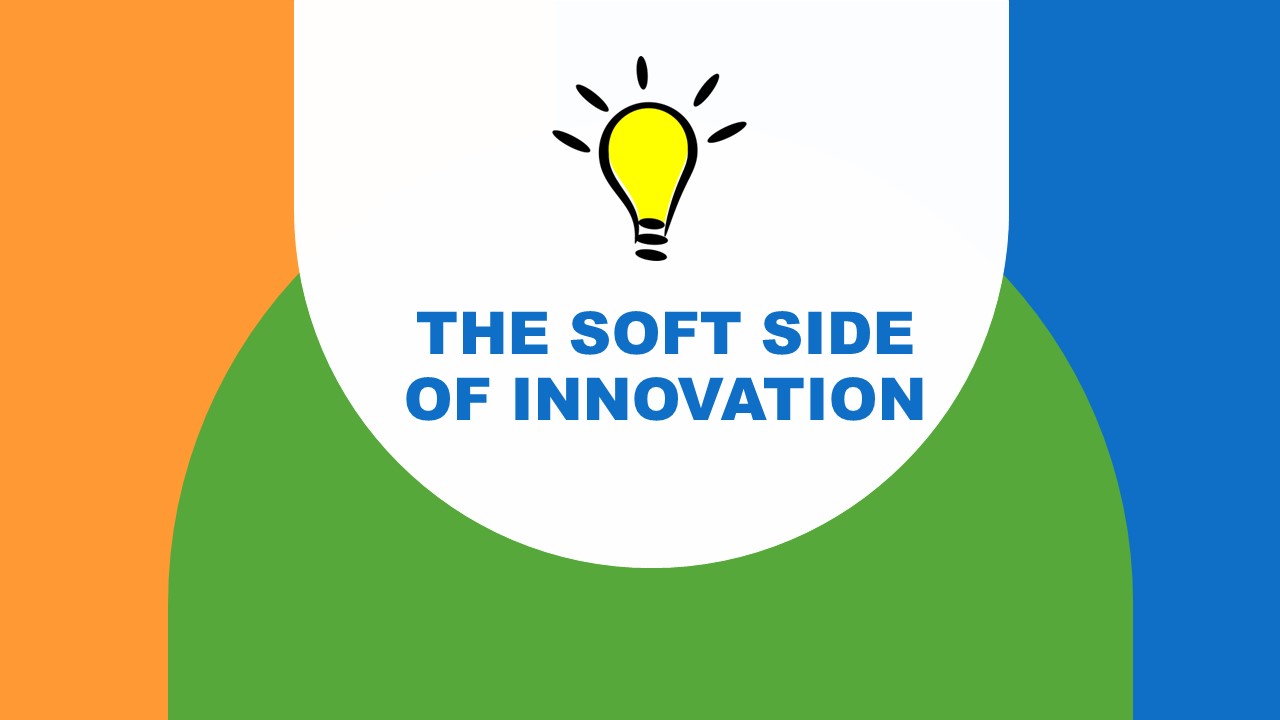The Soft Side of Innovation

I have a brain that is constantly leapfrogging.
So while my thought processes may not be typical, I’ve learned over the years to roll with it and explore whenever I can. While it often makes for chaotic conversations in my head, it typically leads to learnings that are deep, meaningful, and informative.
As a result, when my brain recently landed on the topic of focus groups, it seemed important to pay attention.
Not as random as it might sound, the subject was triggered in part by an article I was reading about the late Steve Jobs where he had gone on record as saying he didn’t believe in focus groups.
As he put it, “It’s really hard to design products by focus groups. A lot of times, people don’t know what they want until you show it to them.”
He also said, “It’s not the consumers’ job to know what they want.”
For those, like me, who believe in the importance of empowering end users, it really is something of a conundrum.
It’s a conundrum because as our world gets more complicated so too do focus groups and the role they play in helping us innovate. After all, if people ‘don’t know what they don’t know’, how can they be empowered to design innovative products and services for business, government, or communities?
Henry Ford once said, ‘If I had asked my customers what they wanted they would have said a faster horse.’ Seeing as cars, or ‘horseless carriages’ as they were known at the time, didn’t yet exist, how likely is it that someone would have come up with the idea?
By definition, innovation is new and original — Peter Drucker defines it as change that creates a new dimension of performance. Accordingly, how can we expect people to envision and contribute something to a focus or feedback group when it isn’t something they’ve typically experienced?
That seems to be the challenge.
And yet, maybe it isn’t as complicated as we might think.
Perhaps it just means we need to focus on the unmet needs and wants of people and ask them how they to share their needs and wants around a particular subject.
We can do that with focus groups that ask people to discuss their wants and needs, and how they could best be met.
I started thinking more about that kind of approach after a recent conversation with a colleague who, despite being brilliant, hasn’t always had a lot of success as an entrepreneur. His innovative ideas always seem to be ahead of his time and as a result don’t always connect with the potential consumer.
Even in his case, it might be best to try to talk to potential consumers or stakeholders about their needs and wants, or to use empathy to envision their particular situation. It’s likely he would then be better positioned to use his imagination and creativity to develop products and services that respond to their needs.
Of course, empathy is a much softer emotional skill that requires understanding and sharing the feelings of others. Not a skill to be taken lightly, it could potentially be a challenge for those who by nature are more rational and driven by facts and research.
As a result it also points to, and reinforces the need for innovation that is not about a lone inventor with a brilliant light bulb moment.
Instead, it makes it clearer that innovating for a future not yet invented will require diverse teams able to collaborate and combine hard science with the science of softness.
Posted on 11-11-22Next entry: It’s So Tempting To Play Ostrich
Previous entry: Are You a Positive Deviant?

 Brenda Herchmer is the owner of Grassroots Enterprises, a community development consulting company.
Brenda Herchmer is the owner of Grassroots Enterprises, a community development consulting company.